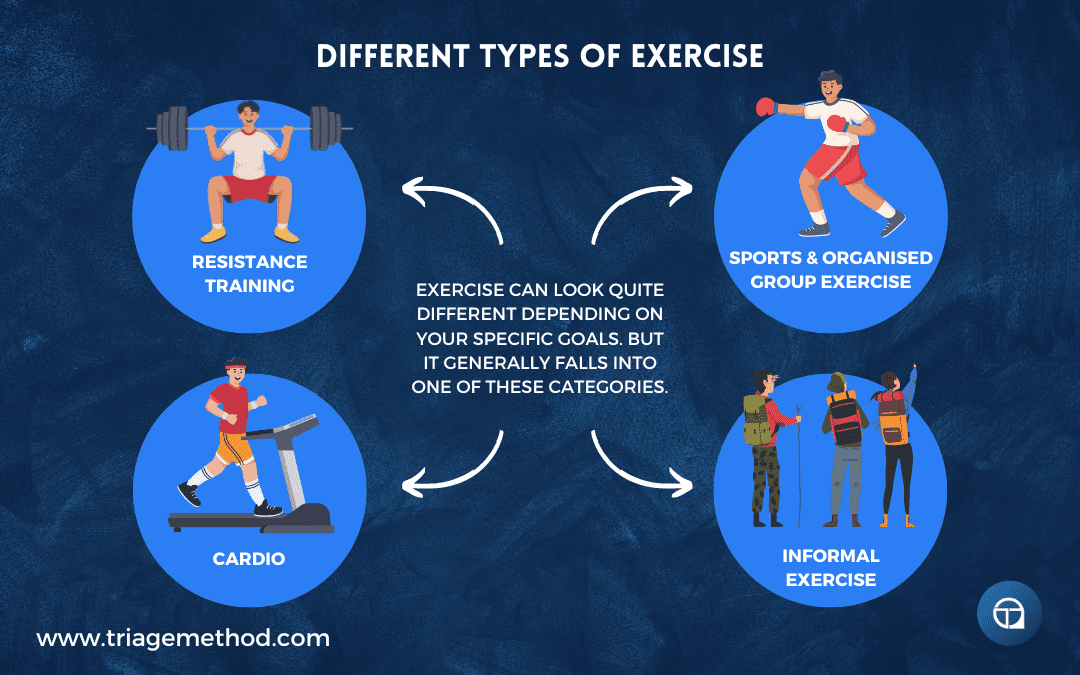Introduction to Exercise
Exercise is an essential part of maintaining a healthy lifestyle. Not only does it improve physical health, but it also enhances mental well-being. Different types of exercise provide unique benefits, targeting various aspects of fitness, from cardiovascular health to muscle strength. Understanding the benefits of these exercises can help you design a well-rounded fitness routine that suits your goals.
Cardiovascular Exercise: Boosting Heart Health
Cardiovascular exercises, such as running, swimming, cycling, and brisk walking, are excellent for improving heart health. These exercises increase your heart rate and promote better circulation, reducing the risk of heart disease and stroke. Regular cardio activity also improves lung capacity and endurance. For those looking to lose weight, cardio exercises are an effective way to burn calories and fat, helping you achieve a leaner physique.
Strength Training: Building Muscle and Strength
Strength training, which includes weightlifting, resistance band exercises, or bodyweight workouts like push-ups and squats, focuses on building muscle strength and mass. This type of exercise is essential for increasing metabolism, as more muscle means more calories burned at rest. It also helps improve bone density, reducing the risk of osteoporosis, and enhances functional strength for daily activities. Strength training can be adapted to suit all fitness levels, from beginners to advanced athletes, making it an essential component of any fitness routine.
Flexibility and Balance Exercises: Enhancing Mobility and Stability
Exercises that focus on flexibility and balance, such as yoga and Pilates, are beneficial for improving joint mobility, reducing muscle tension, and preventing injuries. Yoga combines stretching, breathing, and mindfulness to increase flexibility while promoting relaxation and reducing stress. Pilates, on the other hand, emphasizes core strength, stability, and controlled movements to enhance posture and overall body awareness. Regular practice of these exercises can improve balance, stability, and flexibility, leading to better overall physical function.
High-Intensity Interval Training (HIIT): Efficient Fat Burning
HIIT involves short bursts of intense activity followed by brief periods of rest or lower-intensity exercise. This type of exercise is highly effective for burning fat, improving cardiovascular health, and increasing endurance in a short amount of time. HIIT can be done with a variety of exercises, from sprinting to bodyweight movements, making it versatile and adaptable to different fitness levels. It’s particularly popular for those with limited time but still looking to achieve significant fitness results.
Conclusion
In conclusion, each type of exercise offers unique benefits that contribute to overall fitness and well-being. Cardiovascular exercises improve heart health and endurance, strength training builds muscle and metabolism, flexibility and balance exercises enhance mobility and posture, while HIIT is an efficient way to burn fat and improve fitness. A balanced fitness routine that incorporates different types of exercise will help you achieve a healthier, stronger, and more balanced body.




